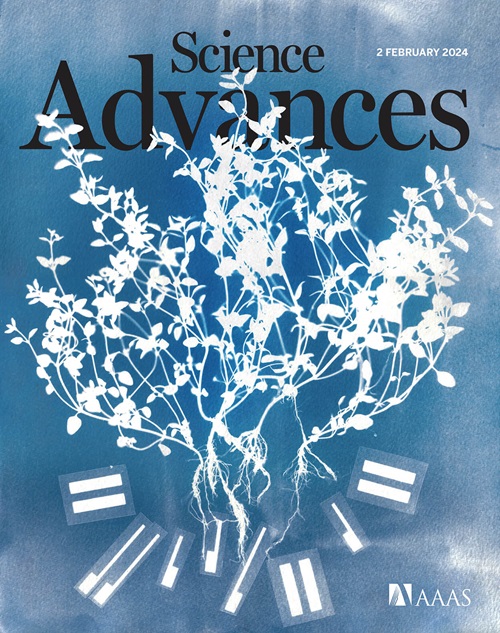Laboratory observation of ion drift acceleration via reflection off laser-produced magnetized collisionless shocks
IF 11.7
1区 综合性期刊
Q1 MULTIDISCIPLINARY SCIENCES
引用次数: 0
Abstract
Fermi acceleration is believed to be the primary mechanism to produce high-energy charged particles in the Universe, where charged particles gain energy successively from multiple reflections. Here, we present the direct laboratory experimental evidence of ion energization from single reflection off a supercritical collisionless shock, an essential component of Fermi acceleration, in a laser-produced magnetized plasma. A quasi-monoenergetic ion beam with two to four times the shock velocity was observed, which is consistent with the fast ion component observed in the Earth’s bow shock. Our simulations reproduced the energy gain and showed that ions were accelerated mainly by the motional electric field during reflection. The results identify shock drift acceleration as the dominant ion energization mechanism, which is consistent with satellite observation in the Earth’s bow shock. Our observations pave the way for laboratory investigations of the cosmic accelerators, also be beneficial to laser fusion and laser-driven ion accelerator.求助全文
约1分钟内获得全文
求助全文
来源期刊

Science Advances
综合性期刊-综合性期刊
CiteScore
21.40
自引率
1.50%
发文量
1937
审稿时长
29 weeks
期刊介绍:
Science Advances, an open-access journal by AAAS, publishes impactful research in diverse scientific areas. It aims for fair, fast, and expert peer review, providing freely accessible research to readers. Led by distinguished scientists, the journal supports AAAS's mission by extending Science magazine's capacity to identify and promote significant advances. Evolving digital publishing technologies play a crucial role in advancing AAAS's global mission for science communication and benefitting humankind.
 求助内容:
求助内容: 应助结果提醒方式:
应助结果提醒方式:


